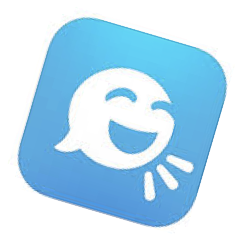Teaching students to write is one of the most complex processes to teach! Writing involves a multitude of high level thinking and the ability to make decisions based on purpose and audience. Students must be able to understand the task, produce a plan for completing the writing task, and make key decisions along the way to produce a meaningful composition. There is a tremendous amount of autonomous thought and experimentation that goes into writing a single piece.
"Please , don't stop talking!" This is a phrase I thought I would never say in my first few years of teaching, but, as my philosophy of learning has evolved, I've revised my thinking on just how much students need to be talking.
Math backpacks are a great way to motivate students to practice their math skills at home. A Math Backpack is a simple backpack filled with focused math games, that have been played in the classroom that students take home to practice for a day or week.
Book Talks are a great way to create excitement and motivate your students to read! Educators can create even more excitement when they too create a book talk. Here are 3 ways to perform book talks for your students to get them excited about reading.
December is great month to teach your students about the gift of giving! So many times kids get the message that the holidays are about ourselves and getting what we want but, really it's about so much more! Children need to be involved in discussions about how to care and give to others. Read texts about generosity, empathy, and serving others. Here are some ideas for giving back with your students this season!
November is great month to shift your genre focus to literary nonfiction! Literary nonfiction, also known as narrative nonfiction, is simply true stories. Biographies, autobiographies, sports writings, personal narratives, and interviews are all examples of literary nonfiction.
Writer’s Workshop should start and end with writing connected texts.
Quick writes are a great way to kick off writer’s workshop or any class, really.
Tell students to write as much as they can, as good as they can, as quick as they can. Set a timer for one to five minutes.
Use the Tellagami app to achieve this learning goal: I can create a recording of a report on a book or article I have read independently, giving important details and speaking in complete sentences.

Anchor charts have become a buzz word in the education world over the past five years. The intended reason for an anchor chart is to "anchor" the critical content needed to be learned. Here are some essential components of the buzz-worthy anchor charts.